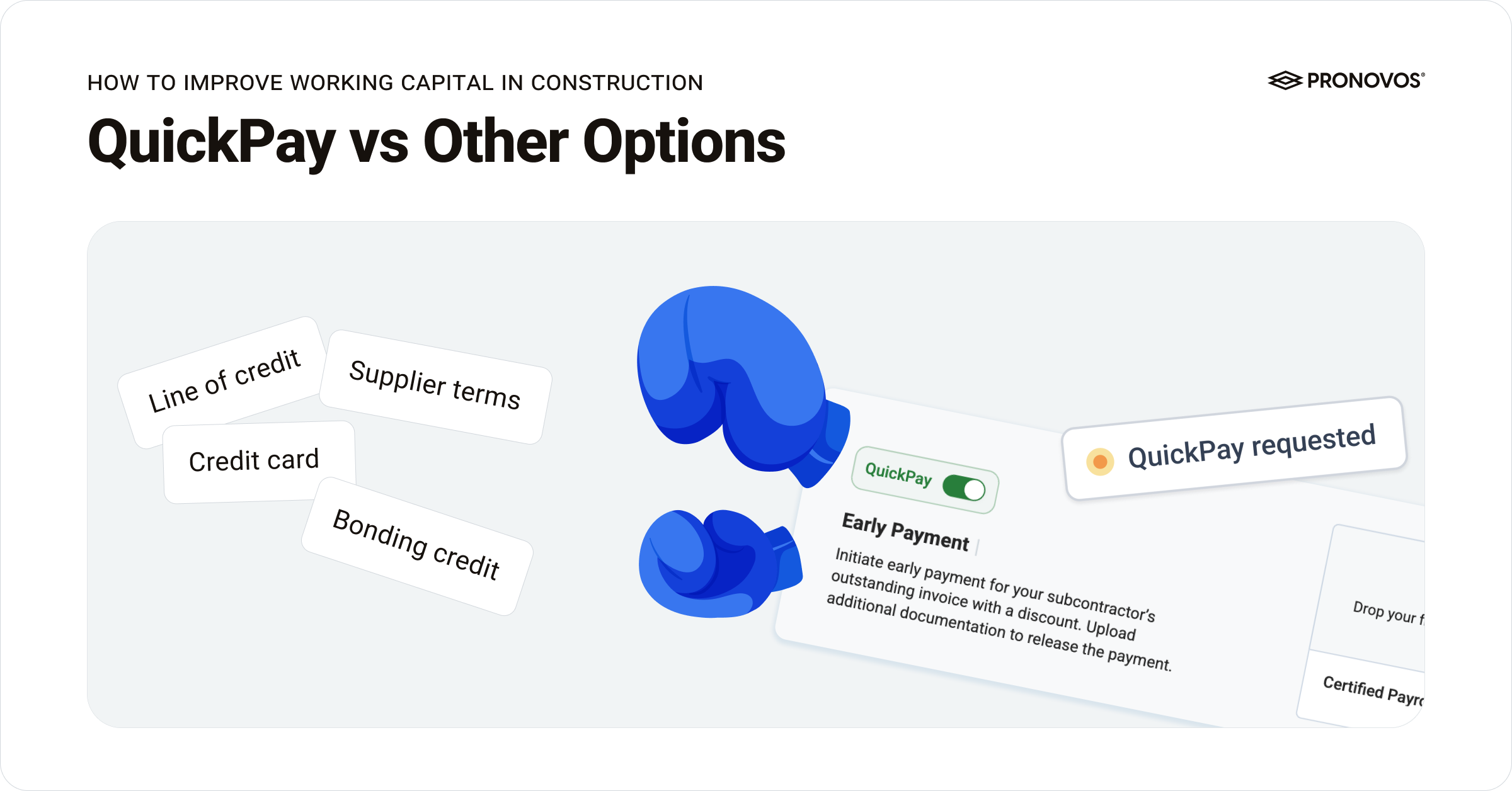In the dynamic world of construction, the heartbeat of a project’s vitality is encapsulated in its over/underbilling status. But mere identification of overbilling or underbilling only scratches the surface. The underlying reasons offer the true measure of a project’s well-being.
Structure of Schedule of Values
The subtle intricacies of a project’s schedule of values can significantly sway over/underbillings. A well-tailored and favorable schedule of values can naturally lead to an overbilling early in a project when project cash flow is often challenging to manage. This phenomenon is mostly when contractors strategically front-load their schedule of values, earmarking a more substantial portion of profit and overhead for activities slated earlier in the project timeline.





